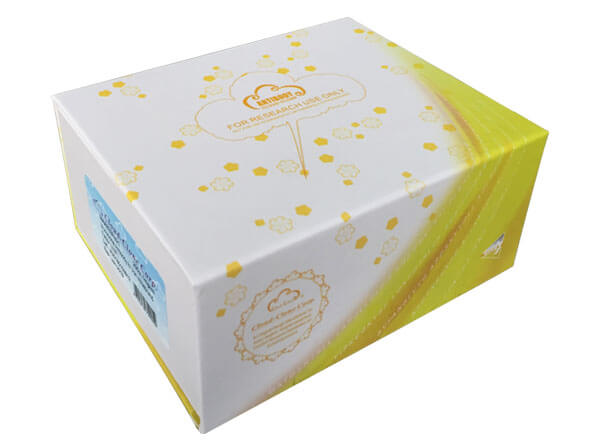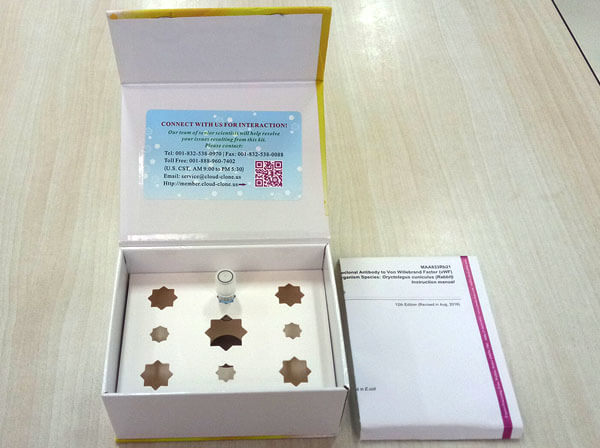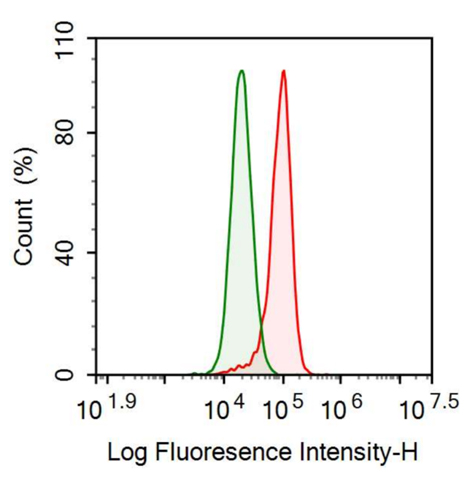Anti-Glutathione S Transferase Pi (GSTp) Polyclonal Antibody 

GSTP1; GST-P1; DFN7; FAEES3; GST3
- UOM
- FOB US$ 132.00 US$ 220.00 US$ 352.00 US$ 440.00 US$ 770.00
- Quantity
Overview
Properties
- Product No.FAB090Ra01
- Organism SpeciesRattus norvegicus (Rat) Same name, Different species.
- ApplicationsFCM
Research use only - Downloadn/a
- CategoryEnzyme & KinaseMetabolic pathwayTumor immunityHepatology
- Ig Type IgG, Potency n/a
- PurificationAntigen-specific affinity chromatography followed by Protein A affinity chromatography
- LabelNone
- Excitation Laser
- Vol. per test
- Buffer FormulationPBS, pH7.4, containing 0.02% NaN3, 50% glycerol.
- TraitsLiquid
Share your citation
Upload your experimental result
Review
Leave a message
Loading...
Sign into your account
Share a new citation as an author
Upload your experimental result
Review
Please attach serial No. on instruction manual


Contact us
Please fill in the blank.
Name*
Organization
Address
E-mail address*
Telephone
Inquiry*
Verification code*

Usage
Flow cytometry: 20µg/ml;
Optimal working dilutions must be determined by end user.
Storage
Store at 4°C for frequent use. Stored at -20°C in a manual defrost freezer for one year without detectable loss of activity. Avoid repeated freeze-thaw cycles.
Giveaways
Increment services
-
 Protein A/G Purification Column
Protein A/G Purification Column
-
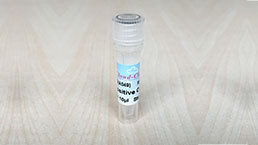 Positive Control for Antibody
Positive Control for Antibody
-
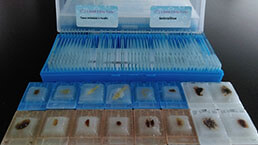 Tissue/Sections Customized Service
Tissue/Sections Customized Service
-
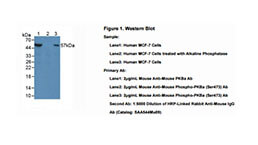 Phosphorylated Antibody Customized Service
Phosphorylated Antibody Customized Service
-
 Flow Cytometry (FCM) Experiment Service
Flow Cytometry (FCM) Experiment Service
-
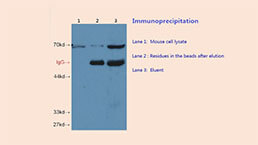 Immunoprecipitation (IP) Experiment Service
Immunoprecipitation (IP) Experiment Service
-
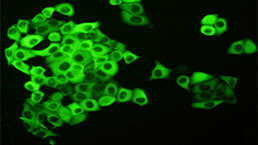 Immunofluorescence (IF) Experiment Service
Immunofluorescence (IF) Experiment Service
-
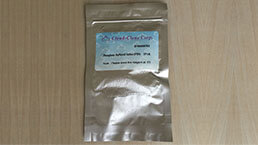 Buffer
Buffer
-
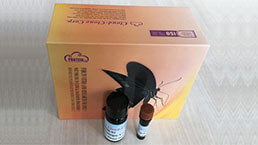 DAB Chromogen Kit
DAB Chromogen Kit
-
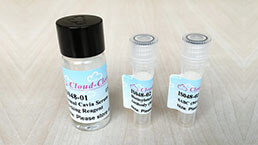 SABC Kit
SABC Kit
-
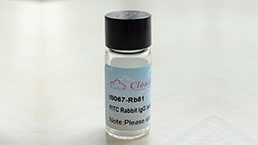 Isotype Control
Isotype Control
-
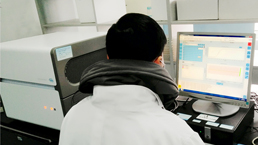 Real Time PCR Experimental Service
Real Time PCR Experimental Service
Citations
- Glutathione S-Transferase P1 Correlated with Oxidative Stress in Hepatocellular CarcinomaPubMed: PMC3619117
- Human Glutathione S-Transferase Enzyme Gene Polymorphisms and Their Association With NeurocysticercosisPubmed:27021019
- 3D Printing of Differentiated Bone Marrow Mesenchymal Cells as a New Method for Liver Tissue Engineeringart00007
- Comprehensive proteomic profiling of patients' tears identifies potential biomarkers for the traumatic vegetative statePubmed:30019218
- Attenuating effect of Indole-3-Carbinol on gold nanoparticle induced hepatotoxicity in rats
- The Role of Glutathione S-Transferases in Pleomorphic Adenomas of the Salivary Glands



